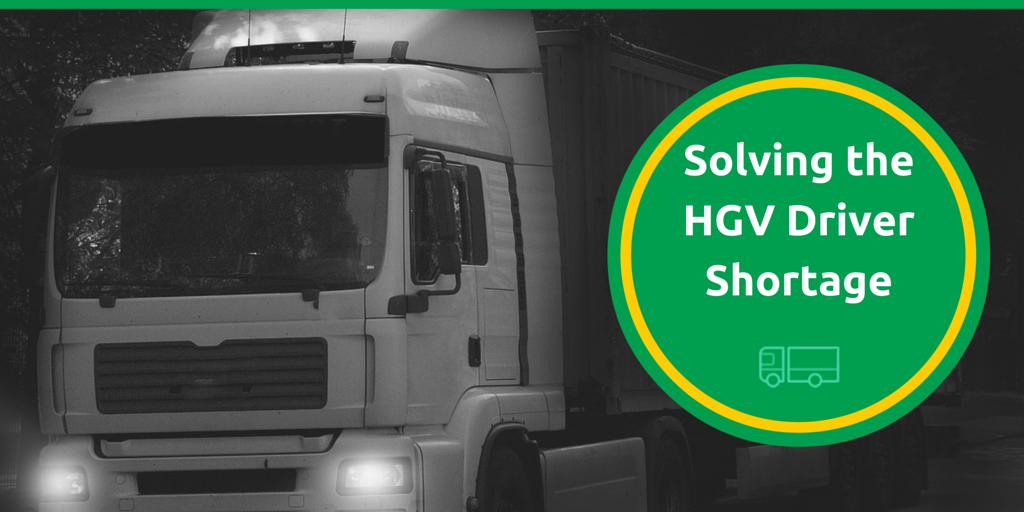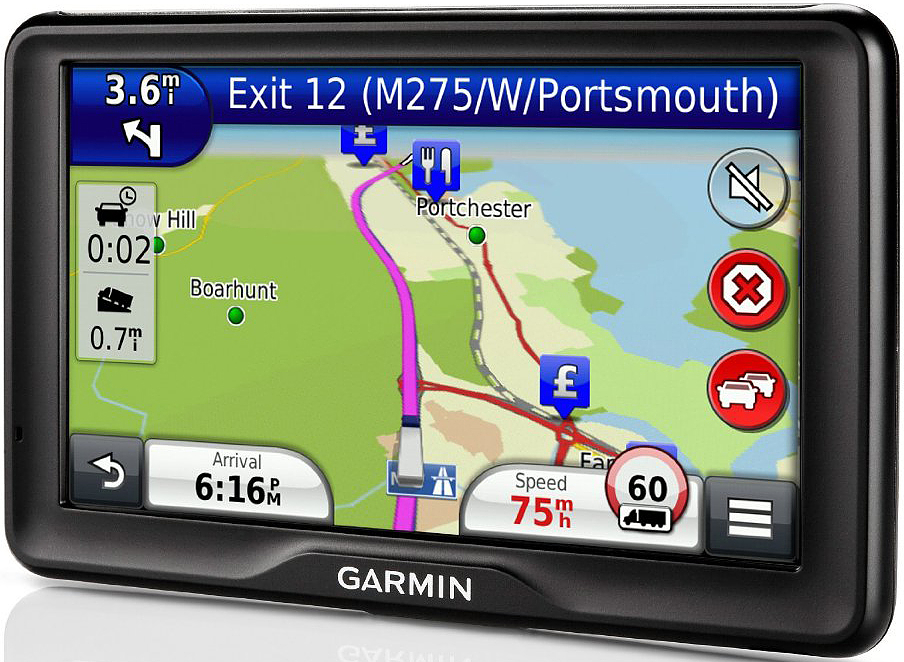For over a year now the Road Haulage Association has been urging the Prime Minister and Chancellor to help them tackle the HGV driver shortage to no avail. Instead the latest budget focused on removing drivers all together by testing self-driving HGV’s on UK roads.
This proved to be a scary concept for some –
It may sound like a futuristic idea but in fact April 2016 saw the first truck platoon complete a journey in one piece, with the help of a driver – as they are still required!
Mission accomplished for our #IVECO Stralis! #TruckPlatooning has arrived in Rotterdam! pic.twitter.com/BRoefT4Tsw
— IVECO (@IVECO) April 6, 2016
Self-driving trucks aren’t the only issue; your average HGV driver is 53 years old and nearing retirement which wouldn’t be so bad if the younger generation had an interest in truck driving. Last year we looked at education in the sector and how young people don’t recognise a HGV driver as a viable career option.
The blog post looked at how school leavers are now encouraged to attend University instead of participate in vocational courses. This made us think – is education the answer? If more people understood the industry perhaps there would be more interest.
In 2016 the search for HGV drivers has taken a slightly different route.
The Solution
Well, it’s not all doom and gloom during the first three months of 2016 UK HGV sales were on the rise. Figures from the Society of Motor Manufacturers show almost a 19.2% increase in business compared to the same period in 2015 with steady growth predicted. But who will be driving these trucks or are they just for show?
During May 2016 the Road Haulage Association (RHA) joined forces with Microlise and Care after Combat to help fix the situation. Together they created the programme ‘Road to Logistics’ which helps veterans and reformed offenders regain confidence and find their way back into society.
Richard Burnett, RHA chief executive stated the programme has been created to “… maintain a national training programme to encourage new talent into the transport and logistics industry from sections of society where individuals need help and support to regain their self-confidence and independence.”
The programme has already seen the first five drivers start the programme in April.
Road to Logistics Chief Executive, Bob Harbey told Microlise “we have an objective to have 30 to 50 drivers through the programme by Christmas. We want to walk before we run and ensure that the programme is nationally scalable.”
Overall the programme seems like a good idea but only time will tell. What are your thoughts and what more do you think can be done? Join the conversation on Facebook and Twitter.












